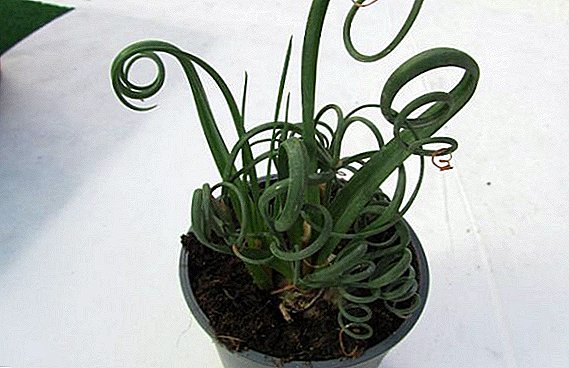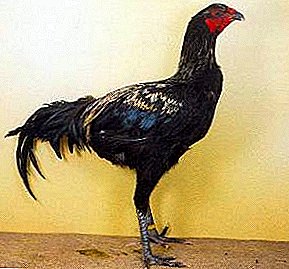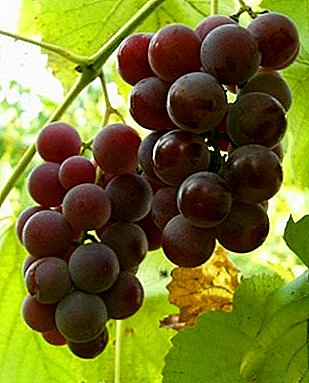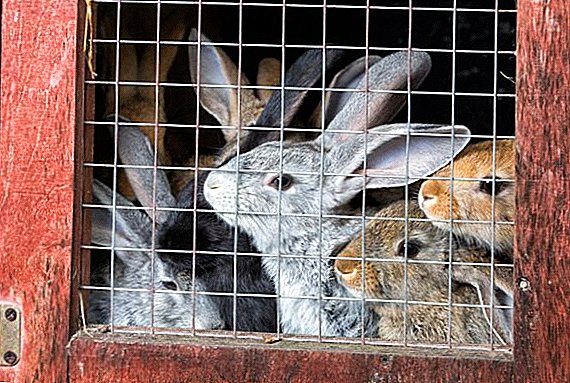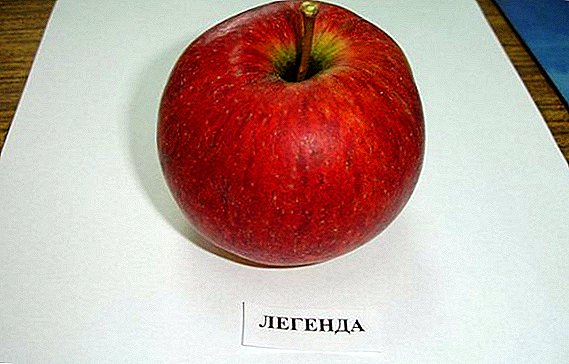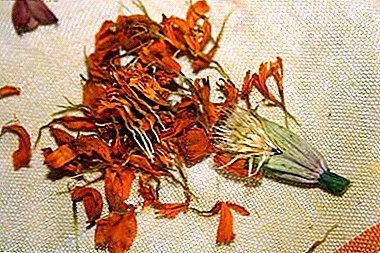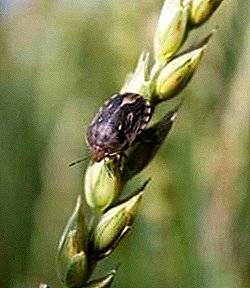
The bug bug is especially active during the ripening and growth of grain crops.
It is present in the fields and gardens, can penetrate into the storage of grain and cause them significant harm. To protect yourself, you need to know his behavior, habits and characteristics.
The bug from the family "shivniki-turtles" can reach more than 10 millimeters in length, maximum - 13 millimeters. His head is one and a half times less than pronotum.
Pronotum has rounded edges. The body of the pest is flat, covered with lines to a point. The scientific name of the bug is Eurygaster integricep.
basic information
Wintering
Harmful turtles survive the winter mainly among the fallen leaves, that is, their concentrations are forests and gardens. When the air warms up to +15, these bugs wake up from hibernation. Approximately this temperature is reached in spring, therefore winter varieties are more susceptible. For the migration of harmful turtles the wind is very important - in which direction it will blow. Bedbugs can overcome distances of up to 50 kilometers but in some cases the length may increase to two hundred kilometers.
Breeding
 After the bugs find the right place, they begin to multiply. After two weeks, the females lay their eggs. Eggs can be found on seedlings of crops, weeds and on dead parts of plants. After another seven days, the larvae will hatch from the eggs.
After the bugs find the right place, they begin to multiply. After two weeks, the females lay their eggs. Eggs can be found on seedlings of crops, weeds and on dead parts of plants. After another seven days, the larvae will hatch from the eggs.
Period of maturation divided into five phases and a total of just over a month. A special feature is the fact that even small larvae begin to damage the plantings. They eat food that adults eat harmful turtles. That is, the larvae are pests of full value. The lifespan of an adult pest is almost a year, namely about ten months, that is, the probability of surviving until the next season is quite large.
Bug mostly inhabited in the steppe zone and in the southern forest-steppe. It can be found in Russia, Ukraine, Central Asia. It is also found in foreign countries, for example, in Greece, Romania, Turkey, Pakistan and many others.
Harm
Harmful turtles destroy wheat, oats and barley. Corn is also sometimes invaded. At the end of the growing season, the bugs move to the grain storage facilities. The rest are sent to the winter, where they bury themselves in the ground and wait for the next spring. Dangerous because even the plants that are not eaten damage it. Their saliva makes the grain unsuitable for food, gluten loses its elasticity - the dough from such a grain will be viscous and gray. If you let things go, then the harvest can be lost completely. When the noxious turtles do not find the fertile land that was cultivated by man, they begin to feed on wild plants and crops. About the appearance of this pest These signs may indicate:
- young shoots wither sharply;
- the grains change color;
- spikes change in shape.
Methods of struggle
Fighting the bug bug bug, if you prepare in advance, find information about them. The preventive path - preventing invasion at the very beginning - will be the easiest. To do this, use varieties that are resistant to parasites, fertilize the land with preparations based on potassium and phosphorus, check the area for the presence of weeds, surround it by planting forest belts. Bedbugs see them as an obstacle and do not fly further, thus the area remains safe.
If the harmful turtles still snuck onto the site and already cause him harm, you will have to get rid of them directly. One of the easiest solutions is chickens. Chicken can consume a fairly large number of bugs per day. But this method is not suitable for large industrial scale. Chickens will be salvation only for small farms with small areas.
 Chemicals - the second most powerful tool for dealing with bedbugs. One of the most popular means is Aktara. The tool acts very quickly, for an hour the pests lose their ability to feed, that is, they lose the ability to cause harm, and die within 24 hours. There is one more quicker effect: "Karate Zeon". Death occurs in less than a day. You can apply both locally and spraying from the air, covering large areas. Other means - for example, Fastak, Mavrik - also proved high efficiency.
Chemicals - the second most powerful tool for dealing with bedbugs. One of the most popular means is Aktara. The tool acts very quickly, for an hour the pests lose their ability to feed, that is, they lose the ability to cause harm, and die within 24 hours. There is one more quicker effect: "Karate Zeon". Death occurs in less than a day. You can apply both locally and spraying from the air, covering large areas. Other means - for example, Fastak, Mavrik - also proved high efficiency.
Bugs of the "harmful turtles" type - one of many threats to agriculture. If this species is not dangerous for humans, for cereals it is a big and serious blow. Bedbugs can wade into barns, cause significant damage to the grain, the flour becomes inedible, therefore, the crop is lost. If there is a suspicion that the site was attacked by a bug, you should immediately pay attention to the characteristic signs of its appearance and choose the appropriate strategy to solve the problem.
Luckily, this threat has long been widely studiedand there are a number of measures to eliminate it. Prevention will be the creation of forest belts around the site, the use of special fertilizers. Chickens will help to deal with the bug on a small scale, they rather intensively destroy the pest. If the matter has gone too far, then you will have to use chemicals.
A photo
Next you will see a photo of a bug of a harmful bug:






